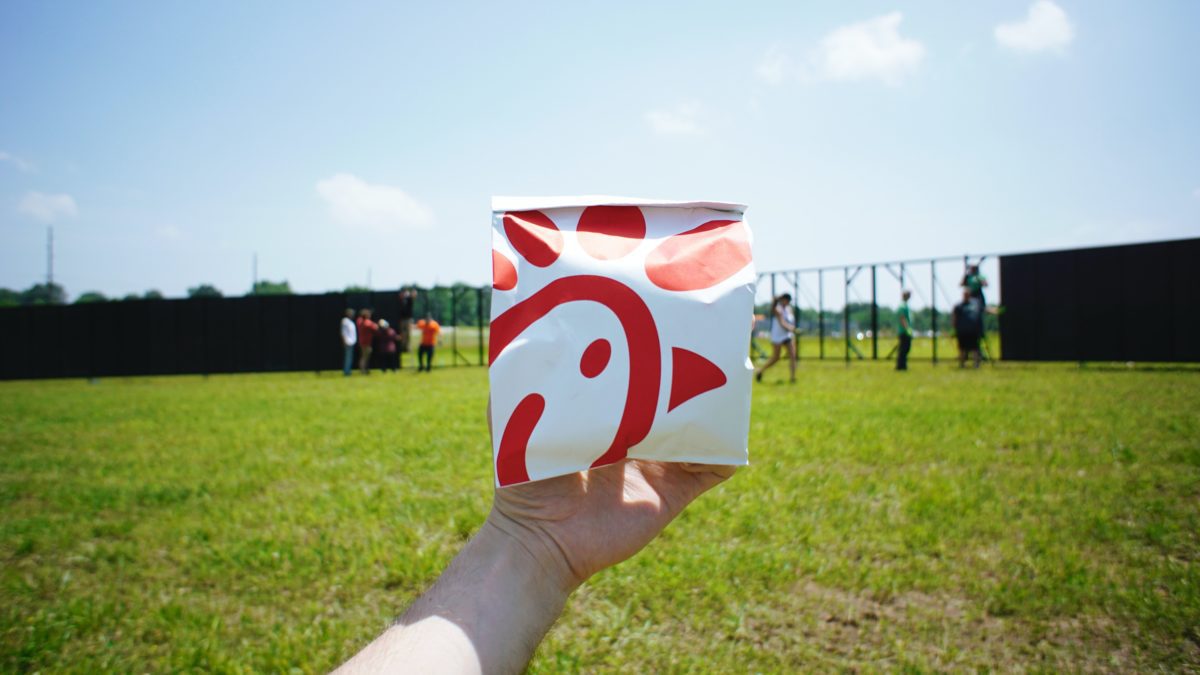The short answer is no. Great cultures are those that have a great story that employees want to be part of while great brands are those that have a great story that customers want to be part of.
Many times, we may think that creating a brand is based on a great marketing strategy. Buying billboards, producing TV commercials, and using social media and content marketing are great tools to create brand awareness, however, remarkable brands are those that create the conditions under which customers want to talk about them and be associated with them.
The Raving Fan Strategy
David Salyers, one of the original precursors of the Chick-fil-A brand, promotes a strategy they developed known as the Raving Fan Strategy. In short, this strategy consists of three parts.
- Operational excellence: Serve people and give them what they want, but do it with excellence.
- Second Mile Service: Going the extra mile is not enough; excellence means going a second extra mile to ensure customers/clients/partners spread positive remarks about your brand in a positive way- word of mouth.
- Emotional Connections Marketing: Emotional Connections Marketing is the concept of finding ways to invest marketing dollars and resources into what’s important to your customers and then make it important to you. For example, if you’ve got kids in a local school and I support that school, I’ve supported you – my customer. I’ve used the resources that I have to care about what customers care about.
The only way that this can happen and be sustained over time is by intentionally building an organizational culture that lives by these values, and then letting your brand story be a consequence of that culture.

It Starts with Leadership
A good place to start is to get clarity on what we stand for as an organization and our desired ways of working in order to create remarkable customer experiences. These start with our leadership teams and should shape the unwritten norms that tell people what is expected of them and what is celebrated or frowned upon.
For example: Is it ok to make decisions to serve a good customer without checking every detail with your boss? Should you follow the rules even if they don’t make sense or are you expected to speak up?
There are key things that leaders can do to build a strong culture that in turn builds a strong brand. Leaders need to understand what is important to their customers and then communicate that across the organization to make it important to everyone involved. Then you have to focus on walking the talk by defining systems and showing behaviors that support these expectations.

Culture is Caught more than Taught
It’s crucial to understand that example teaches much more than just words. A lot of people think, “let’s set up a class and teach our employees about our culture”. But in reality, the strongest way to “teach” cultural values is to bring clarity around what they are, and then empower leaders to role model them consistently.
Your employees and your customers will certainly notice whether you are living your brand from the inside out or not. After all, every interaction that your customers have with your team has the potential to elevate or destroy their connection with your brand and, therefore, turn them into detractors or raving fans.
 : Building AI-Driven Cultures
: Building AI-Driven Cultures